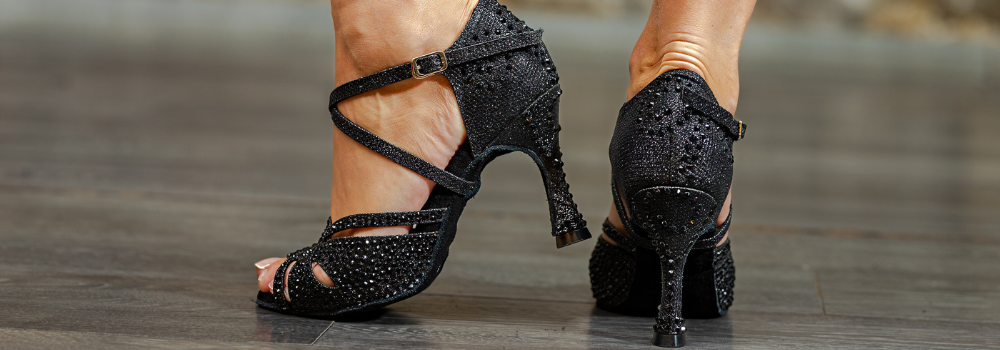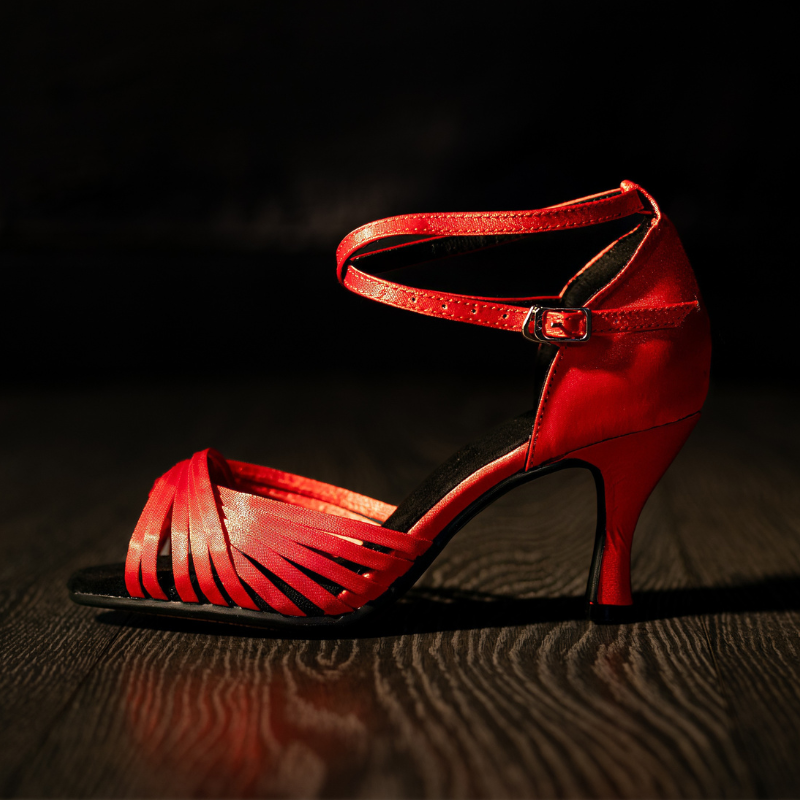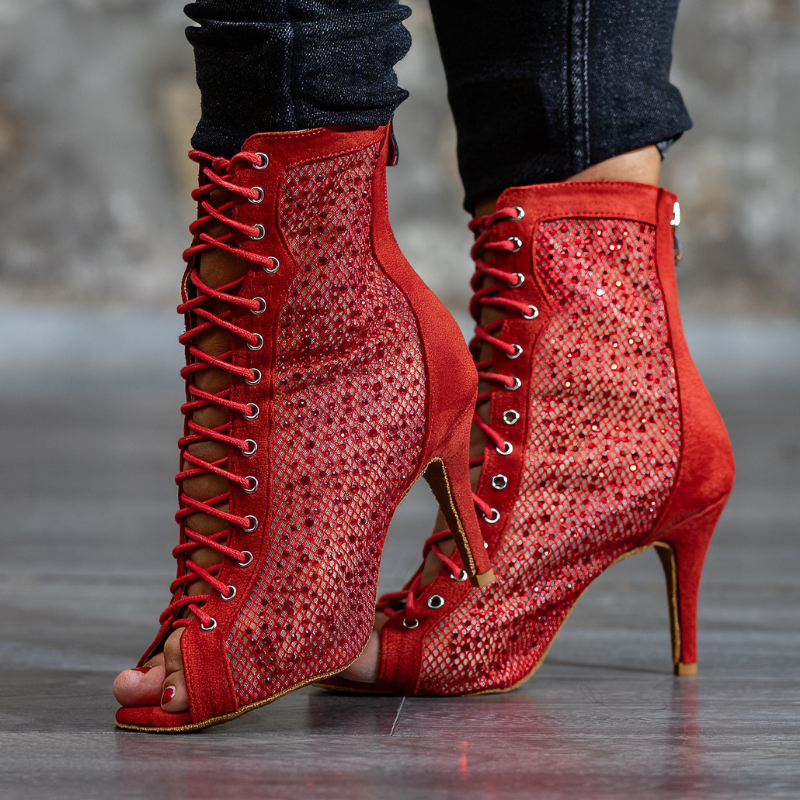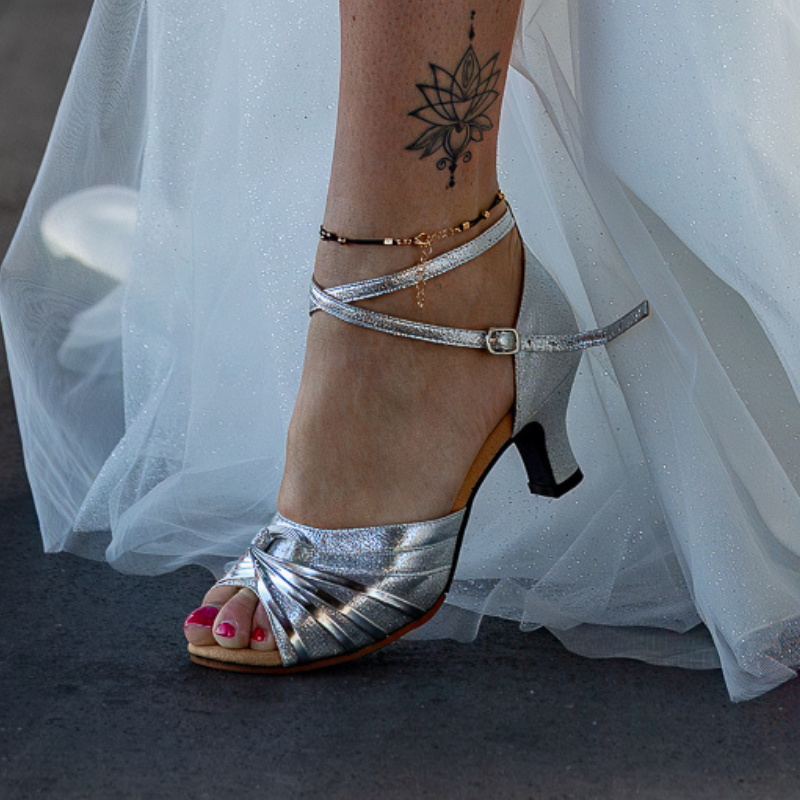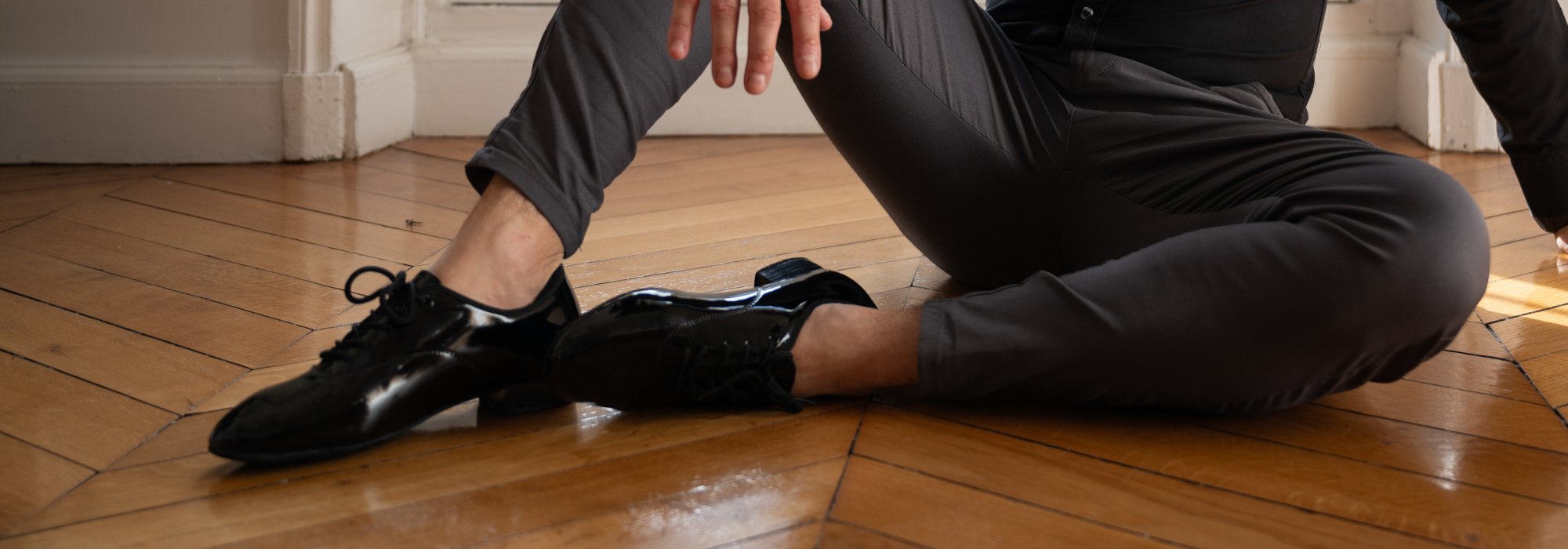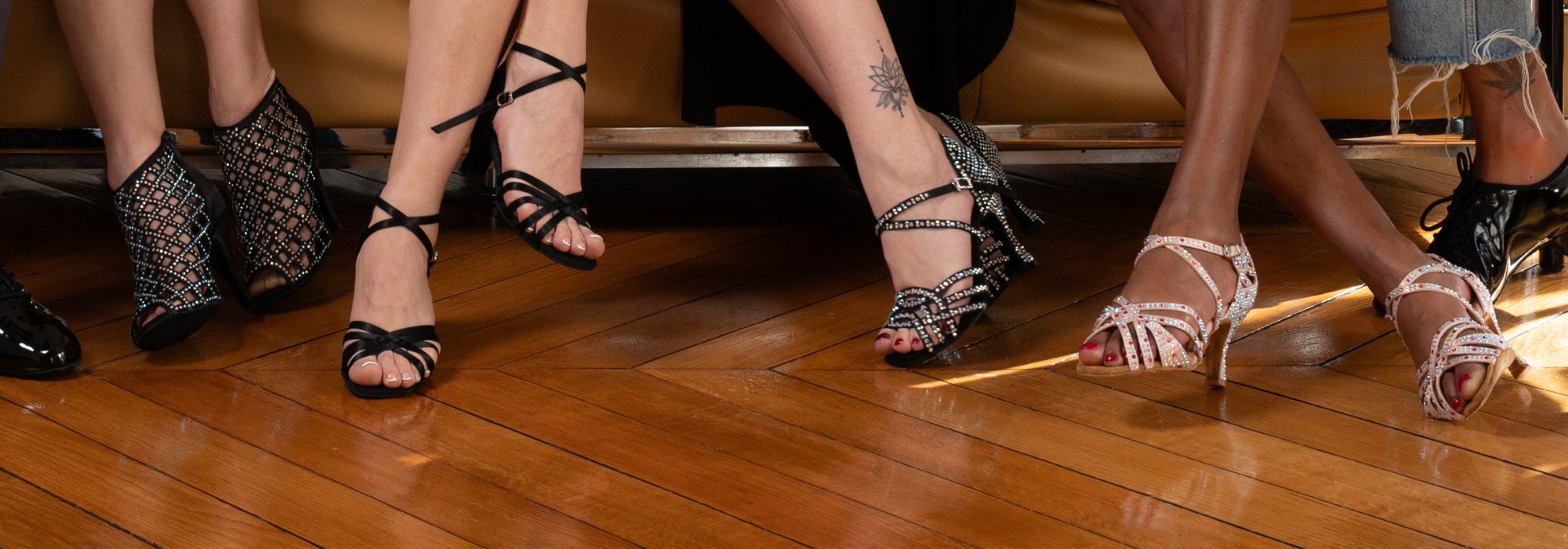Lower or rising sneakers: what to choose to dance?
Let you dance the frenzied salsa, the sensual bachata or the latest Kizomba techniques, the choice of shoes conditions each step, each flight. The fateful question arises at all dancers: low or rising sneakers, what to choose to dance at the top of your art? This dilemma is not just a matter of style! The maintenance, comfort of the ankles, the design and the way your body feels on the track come into play. Through this article, I invite you to explore the advantages and specificities of each form, so that your feet become your first dance partners and offer you the freedom to vibrate to the rhythm of music.
Know the fundamentals: low or dancing sneakers

Definitions and technical differences
Before getting to the heart of the matter, clarifions together which distinguishes the low sneakers from rising sneakers. The low sneakers stop just below the malleolus, leaving the ankle completely free to move. In contrast, rising sneakers encompass the ankle, thus offering increased support. In dance, these small details structure the whole technicality of the fit, comfort and even aesthetics!
- Basses: Maximum freedom of movement, versatility
- Risers: increased protection, assertive look
Why the question is essential for dancers
This choice influences your technical performance, your safety as well as your personal style. So don't let your look guide your choice without thinking about the dance experience!
Maintaining: the key to protect your ankles
High sneakers: Allies of fragile joints
For all those who have already felt tension or weakness in the ankle, rising sneakers become silent goalkeepers. They offer additional maintenance, which can really change the situation during fast towers, dynamic movements or dances on irregular soil. The risers perfectly wrap the ankle: goodbye the risks of spraining during an improvised ruda!
- Ideal for beginner dancers in bachata or street
- Recommended after an injury or for sensitive joints
Lower sneakers: freedom of movement at its maximum
If you are looking for the feeling of dancing barefoot, where each angle, each ankle flexion is possible, the low sneakers are your ally. They promote mobility and fluidity, especially for experienced dancers who like to play with the point and work of the foot in finesse.
- More suited to technical and rapid movements
- Promote muscle tone of the foot
Comfort and felt on the track
The flexibility of the low sneakers for salsa, bachata and freestyle

Do you feel this thrill when you slip on the track, each support found gently thanks to your shoes? Low sneakers comply with your desires, as flexible as a Salsa basic step. They are perfectly suitable for those who like to feel the ground, modulate their support and gain expressiveness.
The cocoon of rising sneakers during long sessions
After several hours of rehearsal, fatigue is felt! The rising sneakers ensure an enveloping sensation, ideal for preserving energy and limiting tensions or friction on the back of the foot. These are the allies of practice marathons and committed dancers.
Design: Express your style with each step
Low or rising, two visual personalities
The design of your shoe is the final touch, your reflection in the mirror. The low sneakers highlight the delicacy of the ankle and agree with a refined or sophisticated wardrobe. The risers, on the other hand, deploy their charisma: zips, bridles, vibrant colors, they create a strong visual effect on the leg, and are very appreciated in bachata or street jazz.
- Lows for a loose, fluid and feminine line
- Risers for a scenic and urban impact
Choose according to the image you want to express
A coach advice: also choose according to your dance personality. Dare to reveal to you, whether you are looking for the elegant discretion of the bass or the assertive presence of the risers!
What type of dance influences your decision?
Salsa, bachata, or kizomba: each style has its requirements
In salsa, the foot technique takes over: low sneakers are ideal for working on your anchoring and your weight transfers. In bachata or street, powerful and athletic movements often demand a rising pair, synonymous with security.
- For sensual bachata: favors comfort and flexibility, often offered by bass
- For acrobatic figures or break: maintenance with risers
Daily versatility
There is no strict rule! Do not hesitate to plan two pairs and alternate according to rehearsals, shows or workshops. It is also a way to extend the life of your shoes.
Take into account the morphology of your foot and your ankle

Fine or fragile ankles: vigilance!
If you have thin ankles or if you have already had sprains, the rising shoe will protect you effectively. Its precise lacing adjusts to your morphology, to avoid any dangerous game during a "spin" or a "DIP".
Strong and stable foot: opts for freedom
Experienced dancers, with a solid foot, can favor the bass to feel all the subtlety of support without any particular risk.
- Tip: Test the two models in a few steps before deciding!
Avoid conventional errors at the time of choice
Do not neglect the type of sole

Whether you opt for low or rising sneakers, the sole is essential. It must be both flexible, adherent, and allow pivots without forcing on the ankle. The overly rigid soles will exhaust you and add stress to each movement.
- Avoids thick or unsuitable soles to dance
- Select the models with the support of a plantar vault for absolute comfort
The size: neither too wide nor too tight
An ill -adjusted fit is the guarantee of blisters or pain. Favor the precision: your foot must be held without ever being compressed, in particular to prevent friction on the ankle bone in the risers.
Advice to prolong the life of your dance sneakers
Maintain and alternate
Whether you are a follower of low or rising sneakers, think about ventilating them after each session, and regularly cleaning the sole. Why not invest in two pairs? You can alternate according to your moods and avoid premature wear.
- Do not hesitate to consult our Premium collection of dance shoes To find your next crush
Coach tips to keep comfort
Use armuards or tissue paper to keep the perfect shape. If you feel fatigue, incorporates freeze or specific soles for dance.
- Change socks between two repetitions to avoid irritation
Test before adopting: the importance of the moving test
Made a few key steps
Above all purchase, dance a few steps: trips, pivots, light jumps. Your feeling must be smooth, without friction or pressure point. The feeling must make you want ... to dance without stopping!
Also trust the community experience
Each dancer has his experience: ask your in progress friends, read the Reviews On our site, exchanges with other enthusiasts. Sometimes it’s an intuition on a detail that clicks!
FAQ - Frequent questions
What are the main differences between low and rising dancing sneakers?
Lower sneakers offer great freedom of movement and are ideal for precise support and fast movements. The risers, on the other hand, provide better ankle and reinforced protection, especially useful in the event of fragility or acrobatic figures.
Which model to choose if I have already had a sprained ankle?
After a sprain or injury, it is strongly advised to opt for rising sneakers that will maintain your ankle and limit the risk of recurrence, while allowing a serene and secure dance.
Are low sneakers adapted to all styles of dance?
They are perfect for salsa, bachata, jazz or any style highlighting foot. On the other hand, for dances requiring significant impacts or jumps, it is better to consider the risers.
What if I hesitate between the two models?
Always test both types, if possible during a course or repetition. Let your body guide you: comfort, support and feeling are the watchwords. Do not forget that Alternate according to the days and styles is an excellent option.
Are rising sneakers necessarily less flexible?
No, there are very light and flexible uprights today, thought for demanding dancers. The main thing is to ensure the lightness of the fabric, the flexibility of the rod and the quality of the sole.
How to maintain my dance sneakers to last?
After each use, let them withdraw, clean the sole, and put them away from humidity. Alternating two pairs will also help you keep their comfort and their original shape.
Can I wear my low or rising dance sneakers outside the studios?
Technically yes, but to preserve their lifespan and their technical properties, it is better to reserve them for the dance floor. Port them outside could prematurely use the sole and lessen their maintenance.
Discover our Dance sneakers available On our online store Salsanueva Shop, Thoughts for demanding dancers.

